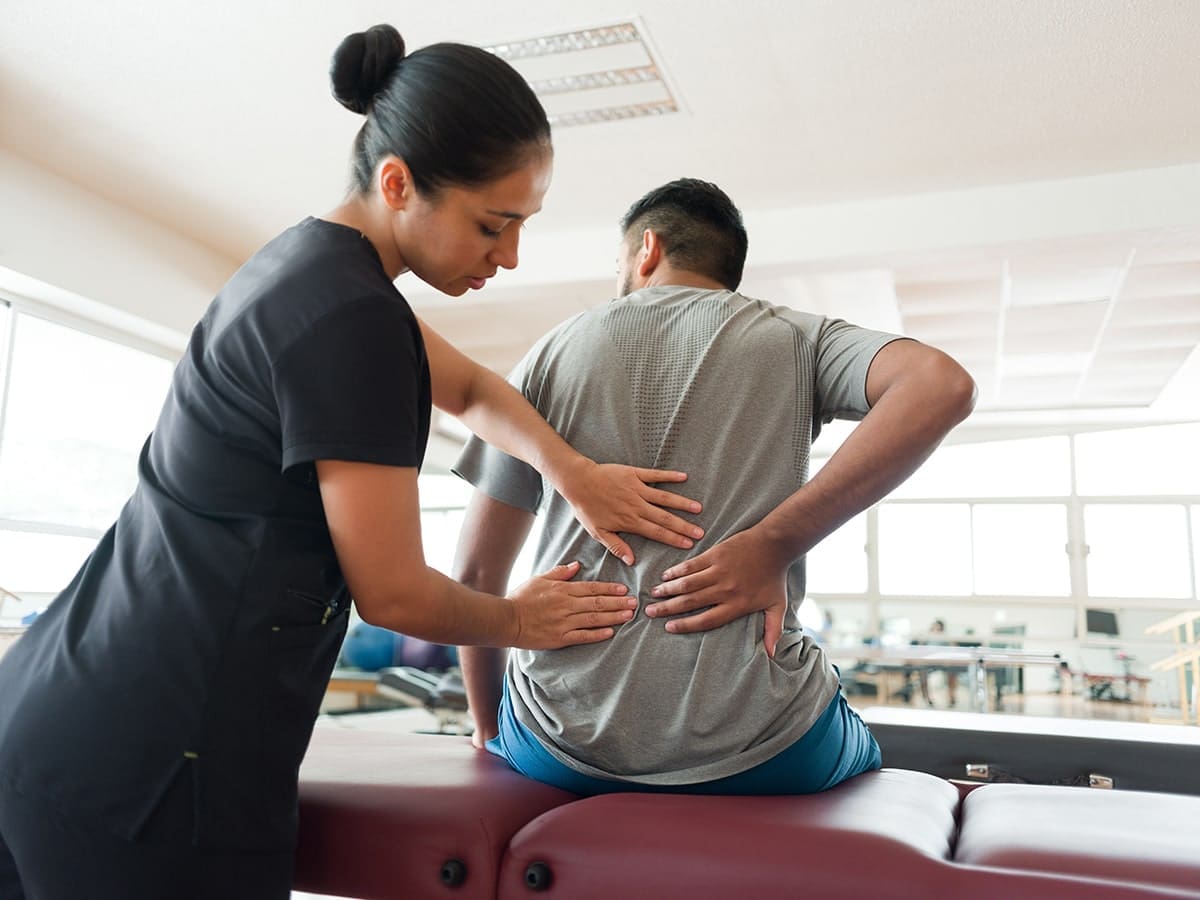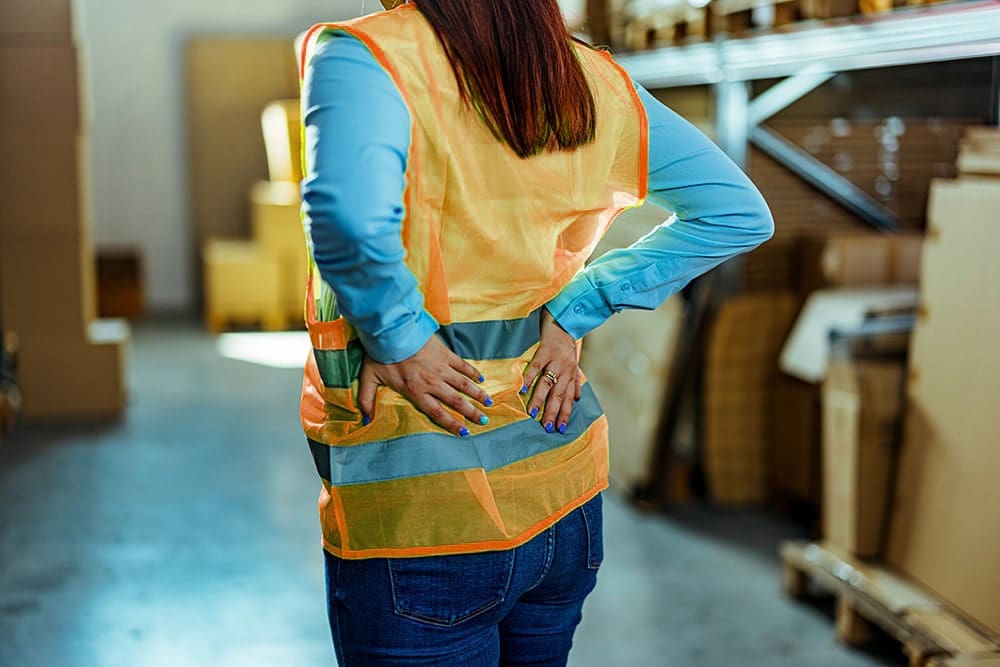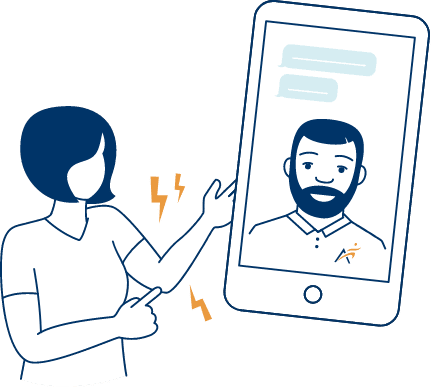Commonly, lower back pain arises from a torn or pulled muscle and or ligament, often exacerbated by improper low back pain exercises. These acute injuries can cause significant back pain and stiffness, occurring suddenly or developing gradually from repetitive movements. Strains happen when a muscle stretches too far and tears, damaging the muscle itself.
Common causes of sprains and strains include:
• Lifting a heavy object, or twisting the spine while lifting
• Sudden movements or direct impacts, such as a fall
• Lack of proper posture
• Sports-related injuries





